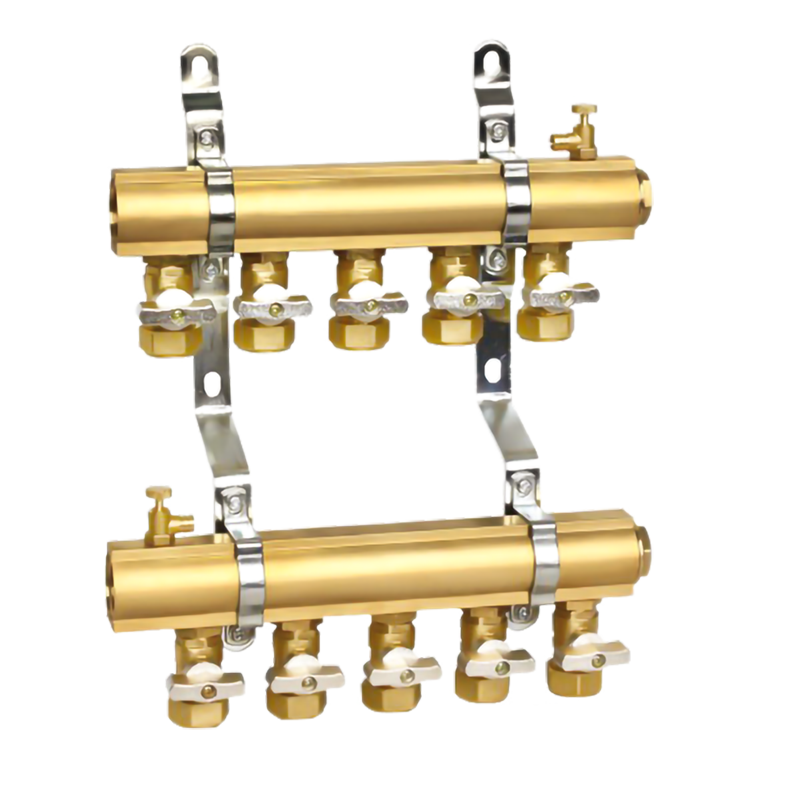Underfloor heating systems have been gaining popularity in recent years due to their ability to provide a comfortable, efficient, and even heat distribution throughout a home or building. One key component of these systems is the underfloor heating manifold valve, which plays a crucial role in maximizing both efficiency and comfort.
The underfloor heating manifold valve serves as the control center for the underfloor heating system, regulating the flow and temperature of water circulating through the pipes in the floor. By controlling the flow of water to individual zones, the manifold valve allows for precise temperature control and efficient energy use.
One of the primary benefits of underfloor heating manifold valves is their ability to provide zoned heating. This means that different areas of a building can be heated to different temperatures, allowing for personalized comfort and reduced energy consumption. For example, rooms that are rarely used can be set to a lower temperature, while living areas can be set to a higher temperature for maximum comfort.
In addition to zoned heating, underfloor heating manifold valves can also be used in conjunction with other energy-saving measures, such as renewable energy sources like solar panels. By integrating these systems, homeowners can further reduce their energy consumption and carbon footprint while still maintaining a comfortable living space.
Another benefit of underfloor heating manifold valves is their durability and reliability. Unlike traditional heating systems, underfloor heating systems have few moving parts, which means they require less maintenance and have a longer lifespan. This can save homeowners money in the long run by reducing repair costs and the need for replacement parts.
When it comes to selecting an
underfloor heating manifold valve, there are a few key factors to consider. The first is the size of the manifold, which should be determined by the number of heating zones in the building. It is also important to consider the flow rate and temperature range of the valve to ensure it can handle the demands of the heating system.
In conclusion, underfloor heating manifold valves play a critical role in maximizing both efficiency and comfort in underfloor heating systems. By providing zoned heating, integrating with renewable energy sources, and offering durability and reliability, these valves can help homeowners save money while still enjoying a comfortable living space. When selecting a manifold valve, it is important to consider factors such as size, flow rate, and temperature range to ensure it is compatible with the heating system.

Trap Number of branch pipelines: 2-6 road
Maximum working temperature: 95℃
Working pressure: 1.25Mpa
Branch distance: 45-55mm
Competent caliber: G1" G1"1/4
Matching pipe diameter: ø1216 ø1620
Matching interface type: Card sleeve type
Specification: 1216×1"(2-12) 1620×1"(2-12) 1216×1"1/4(2-12) 1620×1"1/4(2-12)












